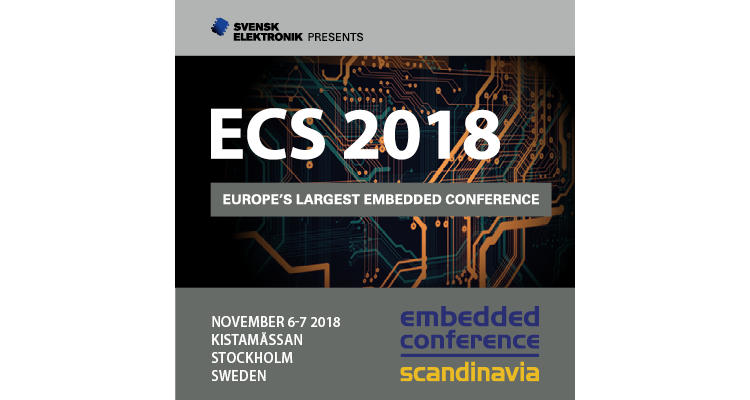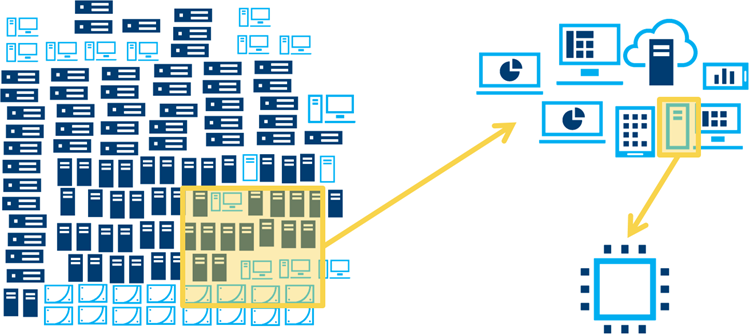
The Embedded Conference Scandinavia 2018 takes place in Kista, Sweden on November 6 and 7. I will give talk about how you can use simulation technology to get more agility into the development of embedded systems. It is about using simulated hardware to get around the “hard” part of hardware in the development of systems, and what kind of simulation makes sense for what kind of problem.
Compared to building physical hardware for testing, simulators make it much easier to try things out and work with small incremental deliveries of design and code. Since simulated hardware is just software, it is possible to extend agile methods to include close-to-the-hardware software, and the hardware and system design itself, by using a software simulation to represent the hardware. In addition, simulators are easier to scale out and easier to automate. A few examples of how this works can be found in earlier blog posts like Getting to Small Batches in Hardware Design using Simulation, Continuous Delivery, Embedded Systems, and Simulation, and How Wind River uses Simics to test massive IoT networks.
Simulation is a very broad term, and it can be applied in many ways, at many levels of abstraction. There is no “one simulator to rule them all” or a “one size fits all” solution, but rather a broad field with many different solutions that apply to different problems. The simulation technology has to be appropriate to the current phase in the life cycle and the scale and nature of the problem being worked on. It is crucial to avoid capturing irrelevant details to avoid getting bogged down and run quickly, but at the same time making sure to capture enough to be helpful.
 Three different scales of simulation: massive network, smaller network, single chip
Three different scales of simulation: massive network, smaller network, single chip
I will discuss this and other aspects of simulation, looking in particular at how Wind River Simics® and Intel® CoFluent® Technology can be used to cover a broad spectrum of use cases, all the way from basic computer architecture, to firmware and software development, and on to the behavior of IoT systems with tens of thousands of nodes. Using different types of abstraction, different use cases can be solved in an effective and efficient way.
My talk is in Track 1, at 14.20 (2:20 p.m.) on November 7. You can find the full conference program here which includes some really interesting keynotes and talks.